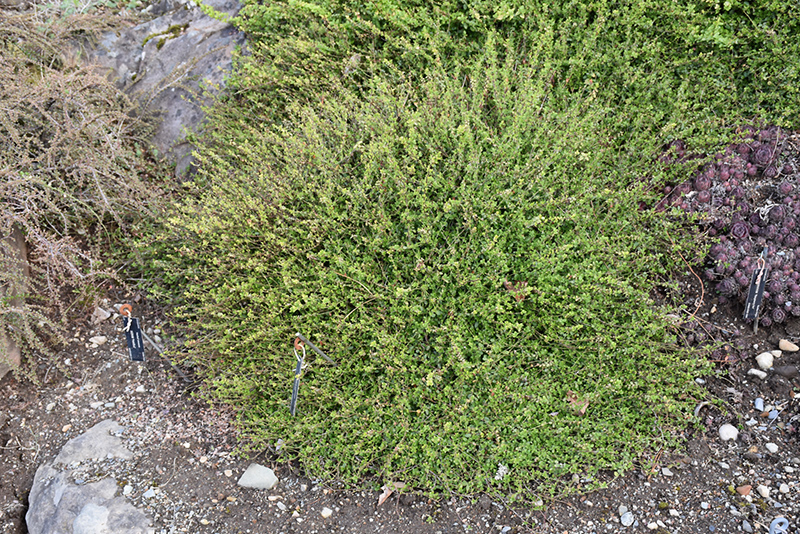>> Home
Kewensis Wintercreeper
Euonymus fortunei 'Kewensis'
Height: 5 inches
Spread: 3 feet
Sunlight:
![]()
![]()
![]()
Hardiness Zone: 5
Other Names: Wintercreeper Euonymus
Description:
A very low, prostrate, trailing selection featuring tiny, deep green, glossy leaves that turn dark red in fall and winter; forms a dense, sprawling mat, but will climb walls or other structures if given support; tolerates black walnut
Ornamental Features
Kewensis Wintercreeper has attractive dark green evergreen foliage on a plant with a spreading habit of growth. The tiny glossy oval leaves are highly ornamental and turn an outstanding dark red in the fall, which persists throughout the winter.
Landscape Attributes
Kewensis Wintercreeper is a multi-stemmed evergreen shrub with a ground-hugging habit of growth. It lends an extremely fine and delicate texture to the landscape composition which should be used to full effect.
This shrub will require occasional maintenance and upkeep, and can be pruned at anytime. Gardeners should be aware of the following characteristic(s) that may warrant special consideration;
- Insects
Kewensis Wintercreeper is recommended for the following landscape applications;
- Mass Planting
- General Garden Use
- Groundcover
Planting & Growing
Kewensis Wintercreeper will grow to be only 5 inches tall at maturity, with a spread of 3 feet. It tends to fill out right to the ground and therefore doesn't necessarily require facer plants in front. It grows at a fast rate, and under ideal conditions can be expected to live for approximately 30 years.
This shrub performs well in both full sun and full shade. It is very adaptable to both dry and moist locations, and should do just fine under typical garden conditions. It is not particular as to soil type or pH. It is highly tolerant of urban pollution and will even thrive in inner city environments, and will benefit from being planted in a relatively sheltered location. This is a selected variety of a species not originally from North America, and parts of it are known to be toxic to humans and animals, so care should be exercised in planting it around children and pets.
